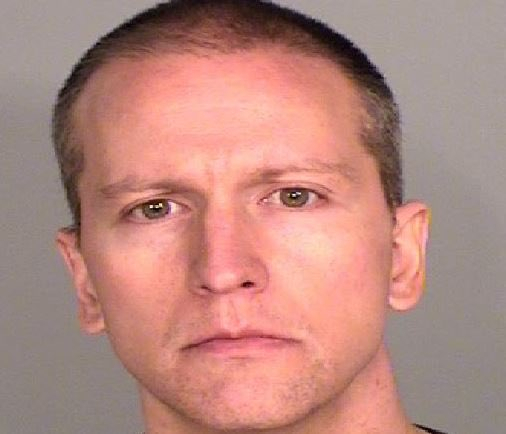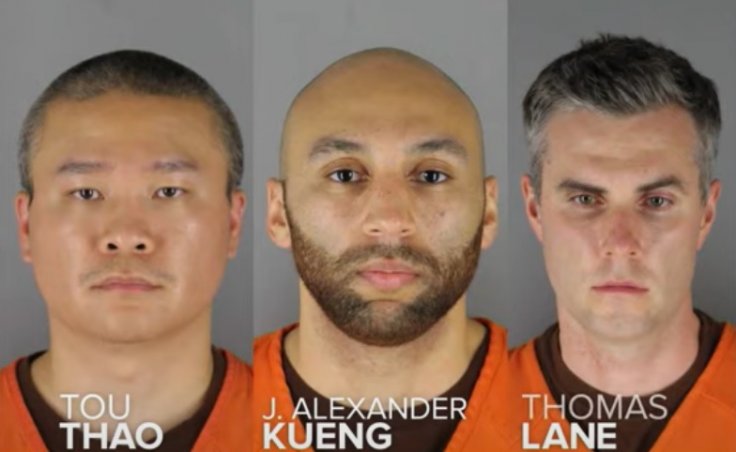The case against Derek Chauvin, who is accused of choking George Floyd to death in the infamous incident of May 25 that has resulted in massive protests across the country, is likely to get stronger with the prosecutors set to cite various others instances of the main accused applying the chokehold using his knee in an inappropriate manner.
The state prosecutors of Minnesota have already informed the defendant's lawyer Eric Nelson that eight specific instances, in the period 2014-2019 will be brought before the court to show the accused's "knowledge, intent, common scene or plan, absence of a justifiable mistake, accident, misunderstanding, and state of mind at the time of the crime."

Prosecution's Attempts
The citation of these eight instances of forcible restraint used by Chauvin has been filed by the state's Attorney General Keith Ellison and Assistant Attorney General Matthew Frank. The objective of this submission to the court is to counter the claims made by the defence that the actions of Chauvin were not mala fide and were also in accordance with standard police training.
The duration for which Chauvin placed his knee on the neck of Floyd was seven minutes and 46 seconds. The arrested former officer didn't relent even when the victim told him, "I can't breathe." While Chauvin is the main accused and is facing charges of second and third-degree murder and manslaughter, his three associates, Thomas Lane, J Alexander Kueng, Tou Thou, are also facing charges of being party to the crime.
Instances of Prior Misconduct

The first of the eight instances that the prosecution has brought to the notice of the court took place in 2014 when Chauvin used his entire body weight to put a man in the 'prone' position on the ground. The next year, the same officer was involved in an incident where he again pushed a person onto the ground, handcuffed him, and kept his body weight on him till other cops arrived.
In 2016, a man who was restrained by Chauvin complained of asthma and needed paramedics as the officer had pressed down upon his neck. In 2017, it was a woman who had the knee placed on her neck by the now-suspended officer and he remained in that position even when the woman was no longer resisting. Another incident in 2017 involved a juvenile who was, similar to cases cited earlier, held by Chauvin in a paralyzing position well after the use of such force was justified.
There were two other such incidents of excessive force used by the main accused last year. In the first he pushed a drunk person on the ground and, while applying his knee to the neck, sat on the man's lower back. The second incident also involved an intoxicated person who was first kicked by the accused officer and then restrained so badly that he passed out.
Why No Action Earlier?
What all these cases illustrate is the fact that Chauvin's actions against Floyd were not unusual or a natural response to the requirements of the situation. He seems to have had an inclination for using more force than required. This also raises questions about the higher authorities' negligence. Why didn't they spot the worrying pattern in his behavior and reprimand him earlier is the big question.









